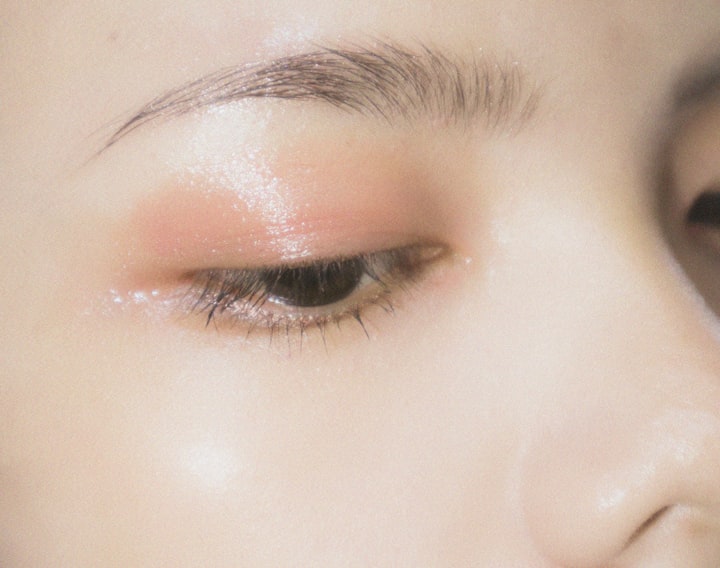What is a stye?
How to get rid of a stye?
A stye, also known as a hordeolum, is a small, painful lump that forms on the eyelid. It is caused by a bacterial infection in the oil glands of the eyelid and can be quite uncomfortable. While most styes will heal on their own within a few days, there are several things you can do to help speed up the healing process and reduce discomfort. In this article, we will discuss what a stye is and how to get rid of one.
What is a stye?
A stye is a red, painful lump that forms on the eyelid. It is usually caused by a bacterial infection in the oil glands of the eyelid. The most common symptoms of a stye include:
Redness and swelling on the eyelid
Pain and tenderness in the affected area
A small bump on the eyelid
Crusting around the eyelid
Styes are usually not serious and will heal on their own within a few days. However, they can be quite uncomfortable and may cause some temporary vision problems.
How to get rid of a stye
Warm compress: Applying a warm compress to the affected eye is one of the most effective ways to get rid of a stye. Simply soak a clean washcloth in warm water and place it over your closed eye for 10-15 minutes, several times a day. This will help to open up the blocked oil glands and reduce inflammation.
Keep the eye clean: It is important to keep the affected eye clean to prevent the infection from spreading. Use a clean cloth or cotton ball dipped in warm water to gently clean the area around the eye.
Avoid wearing makeup: Wearing makeup can make the infection worse and slow down the healing process. Avoid wearing makeup until the stye has completely healed.
Avoid popping or squeezing the stye: Popping or squeezing the stye can make the infection worse and lead to more serious complications. It is best to let the stye heal on its own.
Antibiotics: In some cases, your doctor may prescribe antibiotics to help clear up the infection.
If your stye does not go away within a few days, or if it gets worse, you should see a doctor. They may need to drain the stye or prescribe antibiotics to help clear up the infection.
In conclusion, styes are common and usually not serious. However, they can be quite uncomfortable and cause temporary vision problems. To get rid of a stye, it is important to apply warm compresses, keep the eye clean, and avoid wearing makeup. If the stye does not go away within a few days, you should see a doctor.
In summary, a stye is a painful lump that forms on the eyelid due to a bacterial infection in the oil glands. It can be treated at home by applying warm compresses, keeping the eye clean, and avoiding makeup. If the stye does not go away or gets worse, medical attention may be required. It is important to avoid popping or squeezing the stye, as this can lead to further complications. With proper care, most styes will heal within a few days.
References:
"Stye." Mayo Clinic, Mayo Foundation for Medical Education and Research, 5 Feb. 2020, www.mayoclinic.org/diseases-conditions/stye/symptoms-causes/syc-20378043.
"Hordeolum (Stye)." American Academy of Ophthalmology, 15 Mar. 2021, www.aao.org/eye-health/diseases/hordeolum-stye.
"Stye (Hordeolum)." NHS Choices, NHS, 11 Feb. 2019, www.nhs.uk/conditions/stye/.
Bibliography:
Mayo Clinic Staff. "Stye." Mayo Clinic, Mayo Foundation for Medical Education and Research, 5 Feb. 2020, www.mayoclinic.org/diseases-conditions/stye/symptoms-causes/syc-20378043.
American Academy of Ophthalmology. "Hordeolum (Stye)." 15 Mar. 2021, www.aao.org/eye-health/dise
"Stye (Hordeolum)." NHS Choices, NHS, 11 Feb. 2019, www.nhs.uk/conditions/stye/.
Quote 1: "A stye is a common condition that can be treated at home in most cases. Warm compresses, cleaning the affected area, and avoiding makeup are some effective ways to get rid of a stye." - Mayo Clinic Staff
Quote 2: "While a stye can be uncomfortable and unsightly, it is usually not serious and will heal on its own within a few days. However, if the stye does not go away or gets worse, you should see a doctor." - American Academy of Ophthalmology
Quote 3: "It is important to avoid popping or squeezing a stye, as this can make the infection worse and lead to more serious complications. Letting the stye heal on its own is usually the best approach." - NHS Choices







Comments
There are no comments for this story
Be the first to respond and start the conversation.